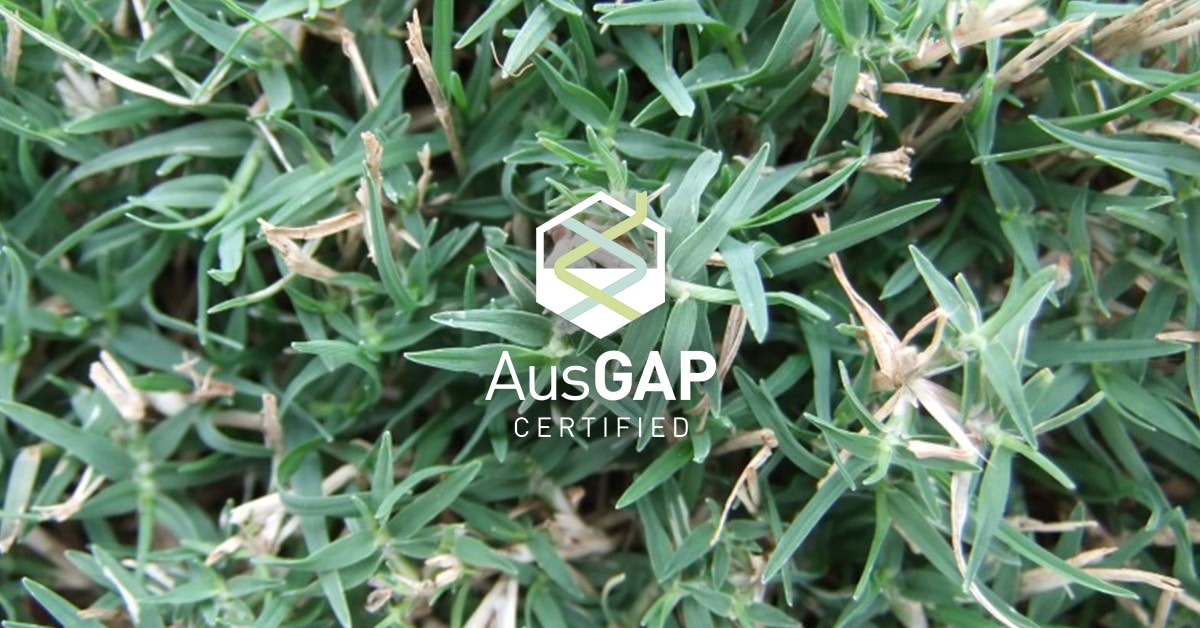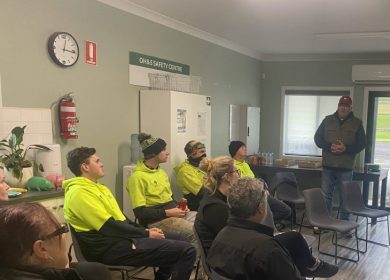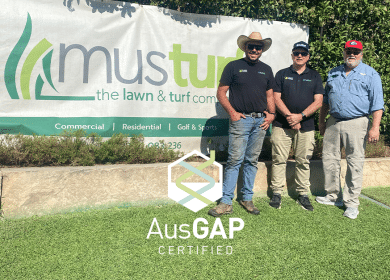Understanding mites and their impact on turfgrass management

Turfgrass management can be a complex job, with multiple factors influencing the health and appearance of the grass. Among the various challenges faced by turfgrass managers, mites stand out as particularly harmful pests that can impact turf surfaces if left unchecked. This is experienced through their effects on tensile strength, and plant growth distortions, having an impact on how users interact with the turfgrass surface. In this week’s blog we will discuss mites, their biology, and their impact on turfgrass management.
What are mites?
Mites are microscopic arthropods, closely related to spiders and ticks, and are approximately 0.165 mm to 0.21 mm in length. Mites require young plant tissue for food and have many modes of spreading. These organisms have been observed to disperse through grass clippings with infested leaf blades affecting previously uninfected turf. Mites may also disperse by crawling in turfgrass since host grasses usually grow in monocultures, with stolons contacting one another. Furthermore, most mites are host specific with about 95% of species feed on only one plant host species. For example, aceria cynodoniensis infects only bermuda (couch) grass and aceria zoysiae infects only zoysia grasses.
What are mites impact on turfgrass health?
The primary way mites impact turfgrass health is through their feeding behaviour. Mites feed on the host plant’s sap by piercing the leaf tissue with their mouths. As they feed, they inject enzymes into the plant, which can cause damage to the host plant’s cells and disrupt the flow of nutrients. This feeding activity can result in characteristic symptoms such as leaf discolouration, stunted growth, and overall decline in turfgrass vigour. Furthermore, it can create the shortening of internodes which resembles the distinct shape of a broom. It is this shortening that affects the tensile strength of the turf, while also affecting the aesthetic appearance of the turf.
How to mitigate mites in turfgrass management
Effective and prompt management of mites in turfgrass required a multifaceted approach that addresses both preventative measures and targeted control. Integrated pest management (IPM) practices emphasise cultural, biological, and chemical control methods, and are essential for minimising mite populations and preventing widespread damage to turf. Taking advantage of cultural practices is key, ensuring regular mowing, irrigation management, and fertilisation can help promote turfgrass vigour and resilience, making the grass less susceptible to mite infestations. Additionally, maintaining a healthy soil ecosystem through practices such as aeration, and organic matter management can encourage natural predators of mites such as predatory mites to thrive and keep harmful mite populations in check.
When managing turfgrass, mites can be a challenge to deal with that requires careful attention and proactive management strategies. By understanding the behaviour and biology of these pests and implementing integrated pest management practices, turfgrass managers can effectively mitigate the impact of mites, and preserve the health and visual appearance of turfgrass.


